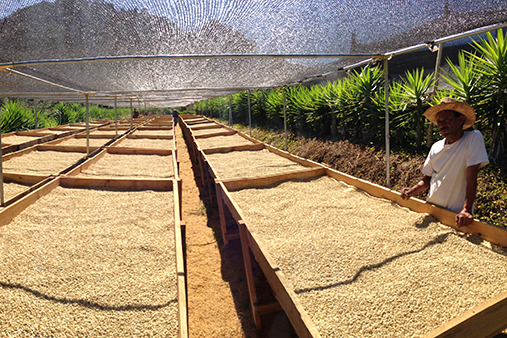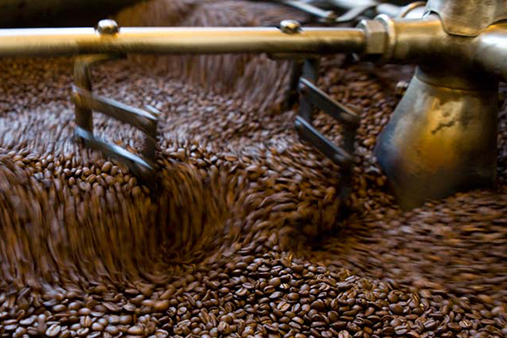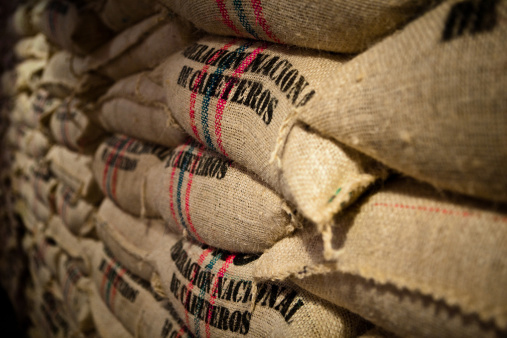Planting
A coffee bean is actually a seed. When dried, roasted and ground, it’s used to brew coffee. If the seed isn’t processed, it can be planted and grow into a coffee tree.
Coffee seeds are generally planted in large beds in shaded nurseries. The seedlings will be watered frequently and shaded from bright sunlight until they are hearty enough to be permanently planted. Planting often takes place during the wet season, so that the soil remains moist while the roots become firmly established.
Harvesting
Only the ripe cherries are harvested, and they are picked individually by hand. Pickers rotate among the trees every eight to 10 days, choosing only the cherries which are at the peak of ripeness. A good picker averages approximately 100 to 200 pounds of coffee cherries a day.
Because this kind of harvest is labor intensive and more costly, it is used primarily to harvest the finer Arabica beans. There is typically one major harvest a year. In Colombia, where there are two flowerings annually, there is a main and secondary crop.
Pulping
Pulping removes the pulp from the coffee cherry after harvesting so the bean is dried with only the parchment skin left on. First, the freshly harvested cherries are passed through a pulping machine to separate the skin and pulp from the bean.
Then the beans are separated by weight as they pass through water channels. The lighter beans float to the top, while the heavier ripe beans sink to the bottom. They are passed through a series of rotating drums which separate them by size.
Drying
If the beans have been processed by the wet method, the pulped and fermented beans must now be dried to approximately 11% moisture to properly prepare them for storage.
These beans, still inside the parchment envelope (the endocarp), can be sun-dried by spreading them on drying tables or floors, where they are turned regularly, or they can be machine-dried in large tumblers. The dried beans are known as parchment coffee, and are warehoused in jute or sisal bags until they are readied for export.
Milling
Hulling machinery removes the parchment layer (endocarp) from wet processed coffee. Hulling dry processed coffee refers to removing the entire dried husk — the exocarp, mesocarp and endocarp — of the dried cherries.
Polishing is an optional process where any silver skin that remains on the beans after hulling is removed by machine. While polished beans are considered superior to unpolished ones, in reality, there is little difference between the two. Grading and Sorting is done by size and weight, and beans are also reviewed for color flaws or other imperfections.
Roasting
Roasting transforms green coffee into the aromatic brown beans that we purchase in our favorite stores or cafés. Most roasting machines maintain a temperature of about 550 degrees Fahrenheit. The beans are kept moving throughout the entire process to keep them from burning.
When they reach an internal temperature of about 400 degrees Fahrenheit, they begin to turn brown and the caffeol, a fragrant oil locked inside the beans, begins to emerge. This process called pyrolysis is at the heart of roasting — it produces the flavor and aroma of the coffee we drink.
Exporting
The milled beans, now referred to as green coffee, are loaded onto ships in either jute or sisal bags loaded in shipping containers, or bulk-shipped inside plastic-lined containers.
Colombia’s average annual coffee production of 11.5 million bags is the third total highest in the world, after Brazil and Vietnam; though highest in terms of the arabica bean. The beans are exported to United States, Germany, France, Japan, and Italy. Most coffee is grown in the Colombian coffee growing axis region.
Coffee is an Amazing Process
PLANTING – HARVESTING – PULPING – DRYING – MILLING – ROASTING – EXPORTING










